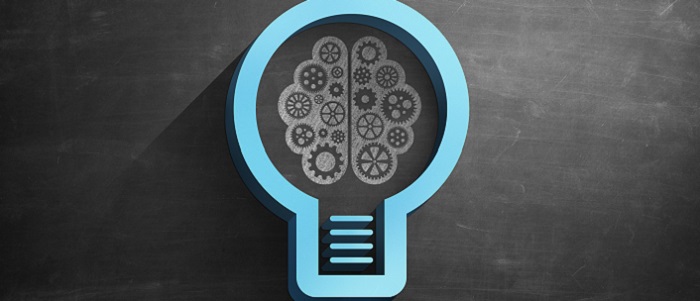
Machine learning describes the practice of a computer adapting without having to be programmed. The more data that’s fed into the computer program, the smarter it gets. It can make better predictions and continuously evolve without the computer engineer having to make adjustments to the code based on the outputs. Machine learning influences lots of things in our world today, from internet search to voice recognition software.
Machine learning also plays a critical role in marketing!
How does ML learn to improve its performance through practice? As the program gains “practice” with the task, it gets better over time, much like how we humans learn to get better at tasks with experience. For example, an ML program can learn to recognize pictures of cats when shown a sufficiently large number of examples of pictures of “cat” and “not cat.” Or a real-time bidding (RTB) system can learn to predict users’ propensity to convert (i.e. make a purchase) when exposed to an ad, after observing a large number of historical examples of situations where users converted or not.
Why can’t humans do the job? Some things are just outside of our human capabilities, like trying to predict which types of users in what contexts will convert when exposed to ads. Marketing folks might have intuition about what conditions lead to more conversions. But the problem is these intuition-guided rules can be wrong and incomplete. The only way to come up with the right rules is to comb through millions of examples of users converting or not and extract patterns from these, which is precisely what an ML system can do. Such pattern extraction is beyond the capabilities of humans.
So does this mean ML will take our jobs? No. In fact, machine learning is increasing the number of job opportunities in the field of Data Science. Plus, humans will always be needed to understand the goals and motivations of their clients and the nuances between them.
What’s an example of how an ML program works? Say you’re an ad campaign for a new shoe on the New York Times website. Every time a user visits the website, an ad-serving opportunity arises, and given the features of the ad opportunity (such as time, user demographics, location, browser type, etc.). You want to be able to predict the chance of the user clicking on the ad based on previous data about the anonymous user. A ML program can improve its performance at some task after being trained on a sufficiently large amount of data, without explicit instructions given by a human. And with 500 billion ad opportunities every day, the machines are getting really smart, really fast!
